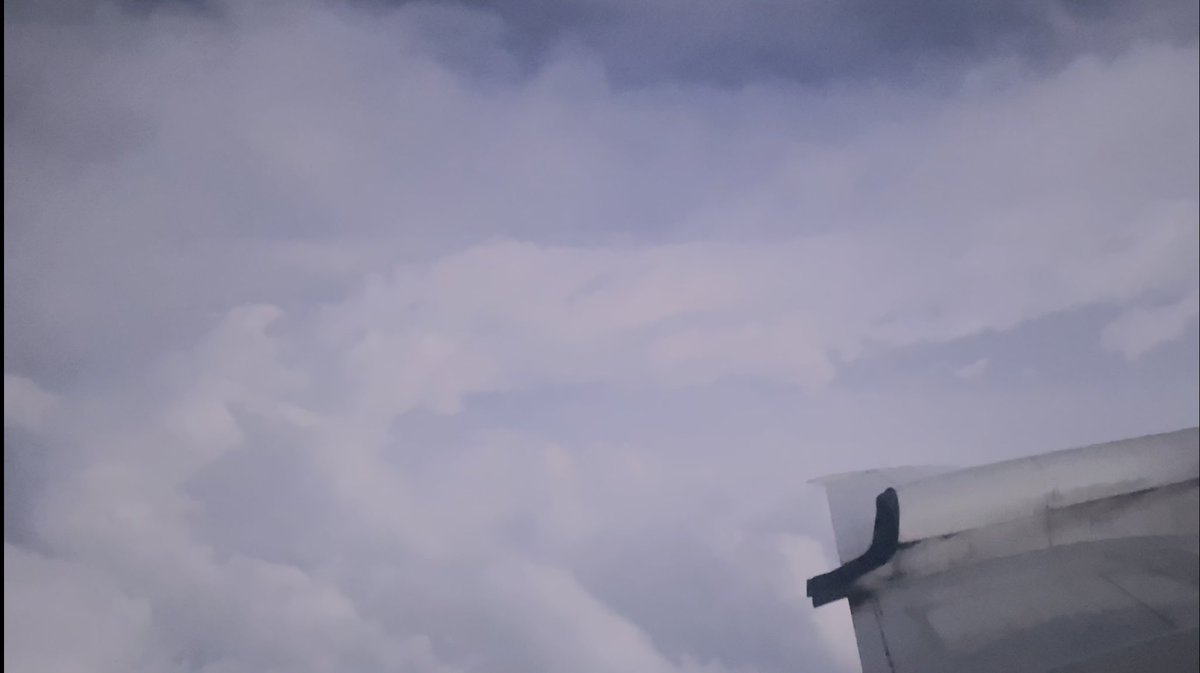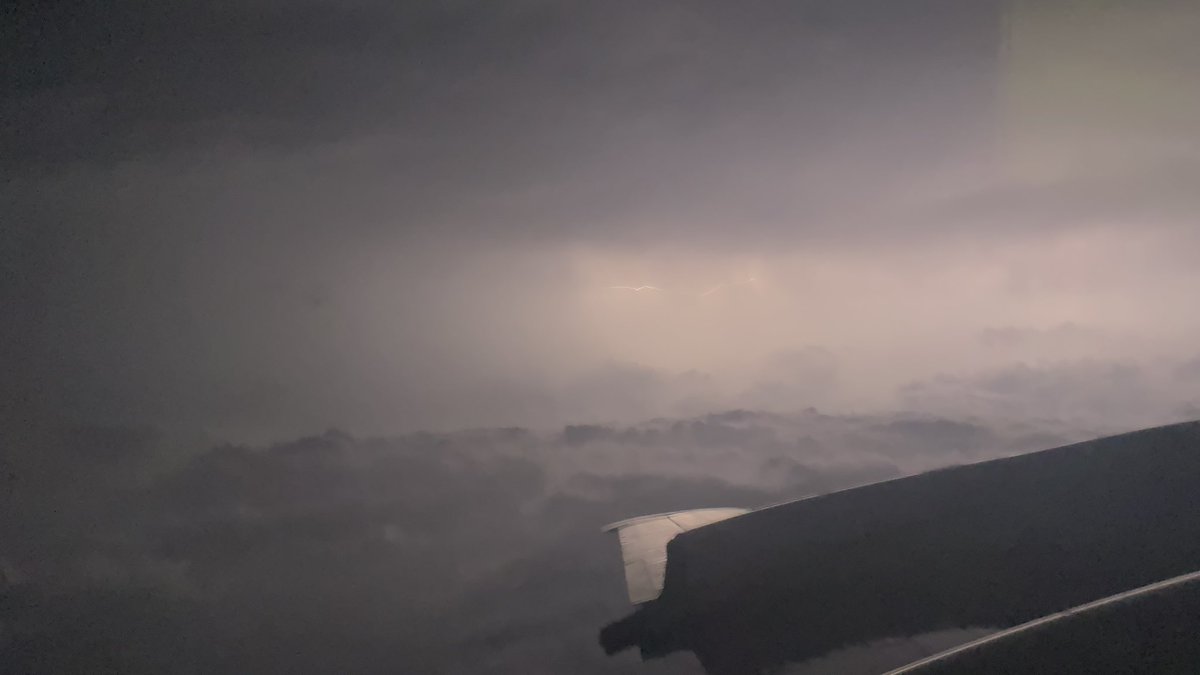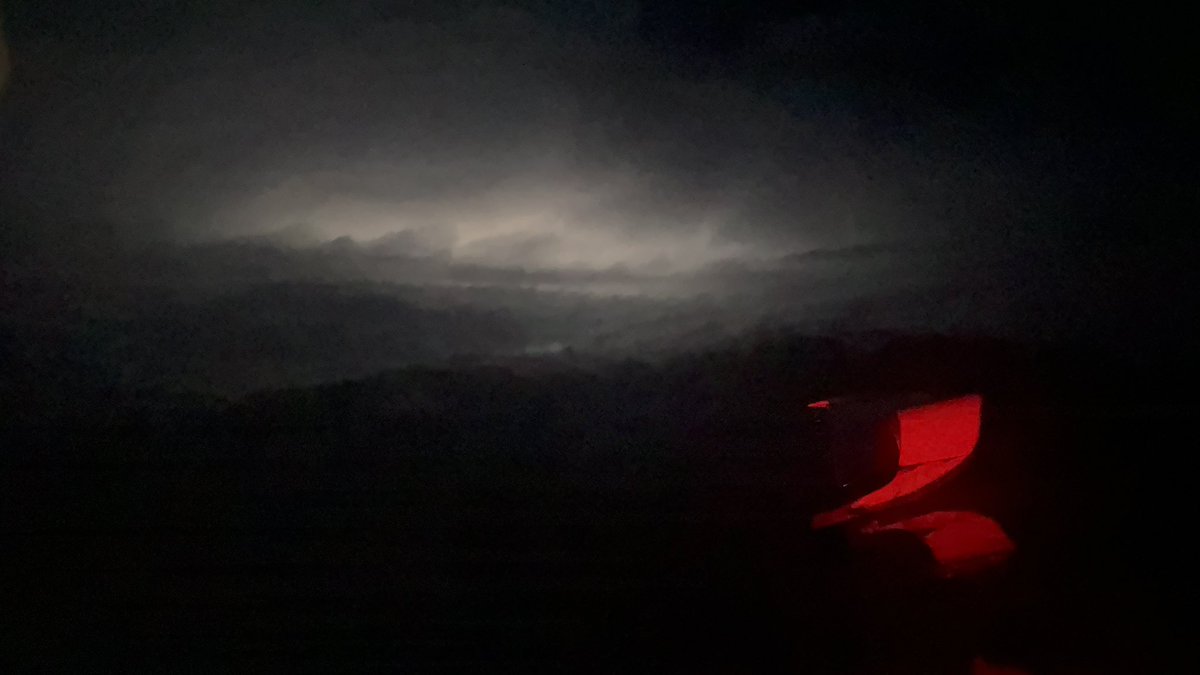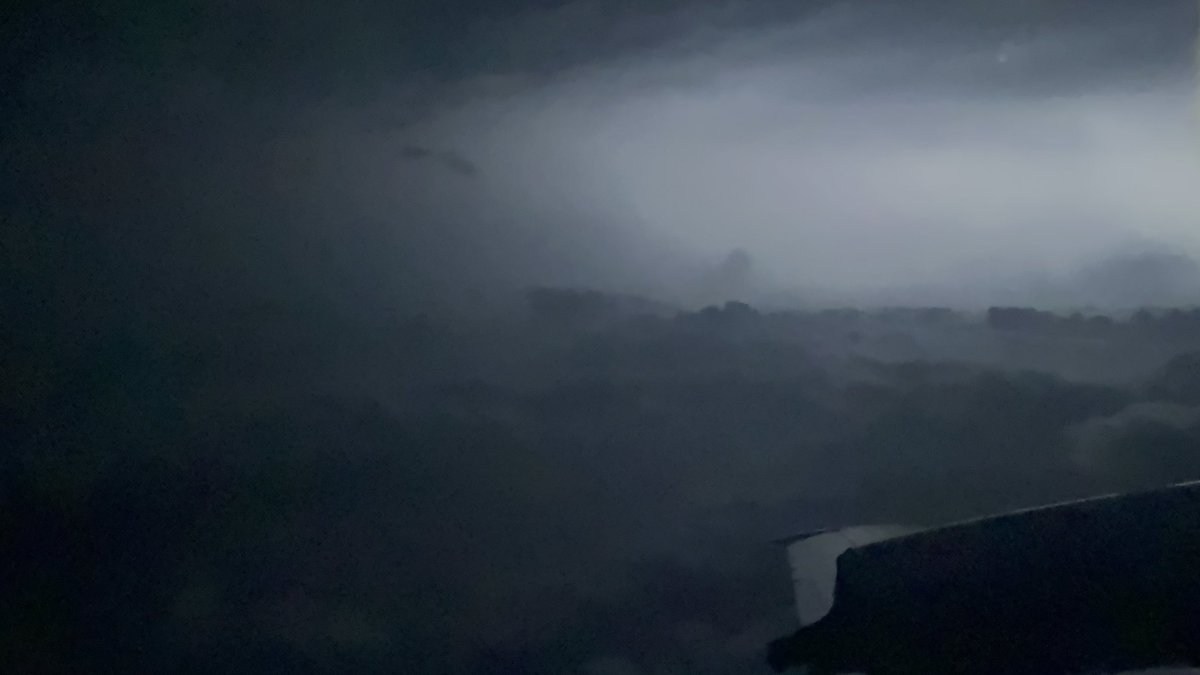
I have flown storms for the last six years. This flight to Hurricane #Ian on Kermit (#NOAA42) was the worst I’ve ever been on. I’ve never seen so much lightning in an eye.
This was the eye. You can see the curvature. Understand this is at NIGHT. The light is from LIGHTNING.
This was the eye. You can see the curvature. Understand this is at NIGHT. The light is from LIGHTNING.

Absolutely wild. All of this in the eye, in which we circled for some time to deploy the UAS (uncrewed aerial system).
A high end Cat 4 storm. Nearly Cat 5.
All of this at 8,000 feet above the ocean. I’m glad we only did one pass.



A high end Cat 4 storm. Nearly Cat 5.
All of this at 8,000 feet above the ocean. I’m glad we only did one pass.




The UAS worked great. I’m sure you’ll see news stories on it later. We were all very impressed. Years of work to make today happen.
• • •
Missing some Tweet in this thread? You can try to
force a refresh














